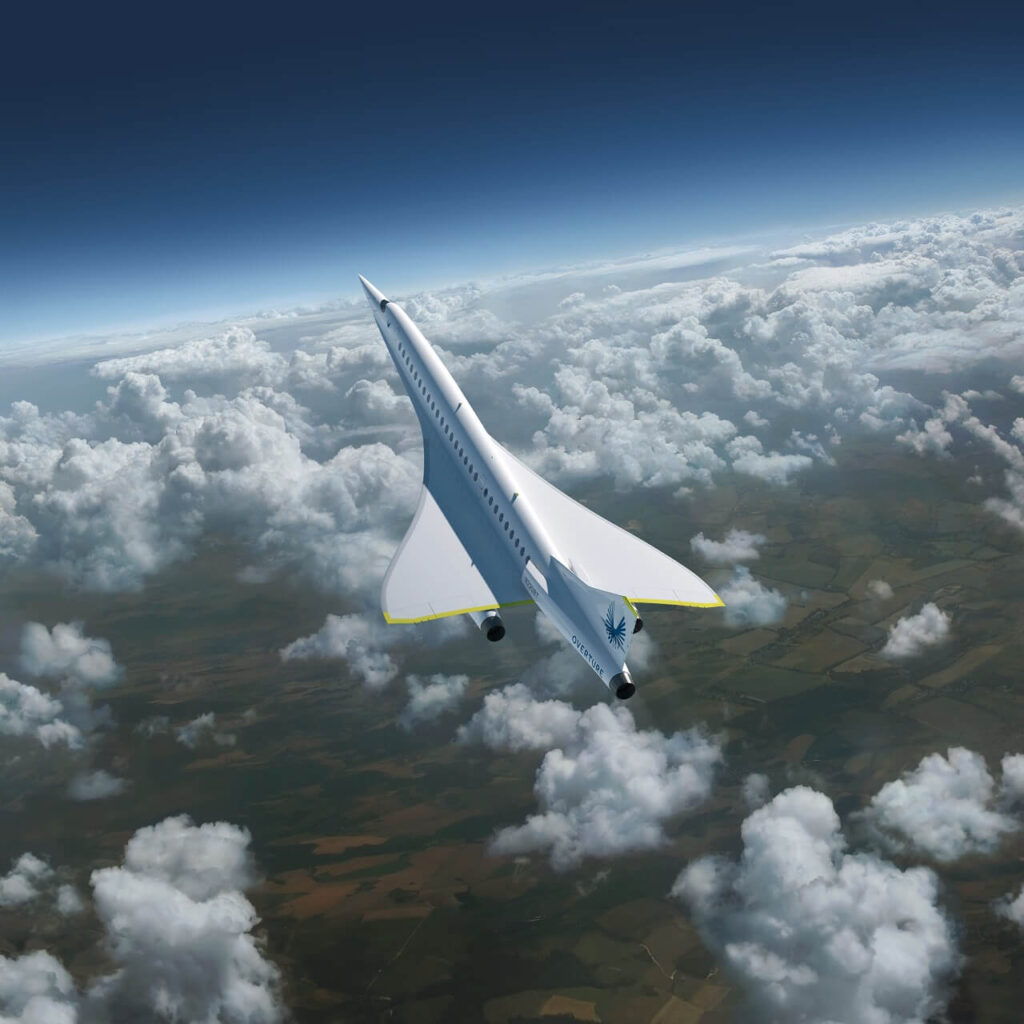Three U.S. based startups racing to build a successor to the iconic Concorde face another major hurdle besides developing a low-boom jet that would meet noise restrictions for supersonic passenger flights over land, already being eased by the Federal Aviation Administration (FAA), strong support from the Trump administration. The problem is, flying faster than the speed of sound will result in a heavy carbon footprint. Supersonic jetliners will be even larger polluters than subsonic airplanes, and that is the concern that the startups need to address as well.
Advances in aerodynamic design, materials and propulsion have inspired the possibility of a revival of supersonic passenger flight, as well as public excitement surrounding the idea. However, mounting public and political concerns about global carbon emissions have also risen. Subsonic aircraft are already known to be some of the worst polluters on the planet in terms of the amount of CO2 emissions per passenger, and the aviation industry is feeling the pressure to focus on sustainability, including alternative fuels and new engine technology.
„Public opinion has a clear message to governments: work with aviation to encourage investment in clean fuels, and new hybrid and electric technology. This will help airlines cut emissions in half by 2050,” said Alexandre de Juniac, the International Air Transport Association’s (IATA) Director General and CEO, commenting on the organization’s commissioned research in an official statement.
On the airlines’ part, IATA’s 75th Annual General Meeting (AGM) approved a resolution urging governments to fully implement the Carbon Offsetting and Reduction Scheme for International Aviation (CORSIA), agreed through the UN’s International Civil Aviation Organization (ICAO). CORSIA is the first global carbon pricing instrument for an industry sector, IATA says. It set to cap net CO2 emissions from international aviation at 2020 levels, in essence, stopping aviation’s carbon footprint from growing. The next step, as IATA describes, is cutting net emissions to half 2005 levels by 2050.
The problem with ‘clean’ supersonic aircraft
Concerns over aviation emissions were also put under the spotlight during this year’s Paris Airshow, where innovation and electric flight played a major role compared to past events. Also at the show was one of the several U.S. startups currently competing to develop a supersonic passenger jetliner. The Denver (Colorado) based company Boom Supersonic took the opportunity to present the strategic plans for the roll out of the XB-1, its two-seat supersonic demonstrator aircraft, in December 2019.
Aside of showcasing the XB-1 program’s milestones, Boom was also eager to affirm the aircraft’s green credentials and the company’s “commitment to mitigating environmental impacts of supersonic travel“. During a press conference at the airshow, the startup announced its sustainable alternative fuel partnership with Prometheus Fuels. According to Boom, alternative fuel testing with the XB-1 allowed the company to „plan to minimize the carbon impact of supersonic flight by operating the demonstrator engine with a pure biofuel formulation”, an official press release informs.
Boom hopes the one-third scale XB-1 demonstrator aircraft will lay the foundations for the development of a 75-seat, Mach 2.2 commercial jetliner named the Overture. The company says the aircraft will be the fastest and cleanest supersonic passenger airliner in history – it hopes alternative fuels will reduce the Overture‘s carbon footprint by around 80%. Aside of being the fastest and cleanest, as Boom envisions it, the aircraft is to also be an affordable supersonic commercial airliner, with fares similar to today’s business-class, long-haul ticket prices.
However, the problem for Boom, as is for its competitors – Aerion Supersonic and Spike Aerospace (the two rather focusing on supersonic business jets), which all have strong support from the Trump administration, is that they are intent on modifying existing engines, instead of investing in the development of supersonic engines that conform to emission and noise standards. But according to a study published by the International Council on Clean Transportation (ICCT) in January 2019, such modified engines will burn five-to-seven times more fuel per passenger than subsonic jets.
ICCT researchers assessed noise and climate impacts of unconstrained commercial supersonic aircraft development using Boom’s design as a reference point. For instance, although the exact engine configuration for Boom’s Overture jet is yet to be announced, it is known that the XB-1 demonstrator will be powered by three General Electric J85-15 small turbojet engines, GE‘s longest-in-service military jet engine, also used in civil aviation.
Modified engines will emit 40% more nitrogen and 70% more carbon dioxide, exceeding global limits for new subsonic jets, according to Reuters calculations. Non-carbon emission factors, including, nitrogen oxides, but also water vapor, black carbon, and aviation-induced cloudiness are also expected to be significant due to the high cruise altitude of supersonic jets, ICCT researchers say.
ICCT researchers conclude that new supersonic airliners would be unable to meet current standards for both emissions and noise limits. Nevertheless, the non-profit organization advocates for regulators to apply these subsonic standards to commercial supersonic aircraft, and the only way to comply would be to create a new engine with a variable cycle option that would operate differently when taking off and when in cruise mode. The other option would be to introduce a new set of rules, which in turn, would lead to more noise, air and climate pollution than new subsonic designs.
